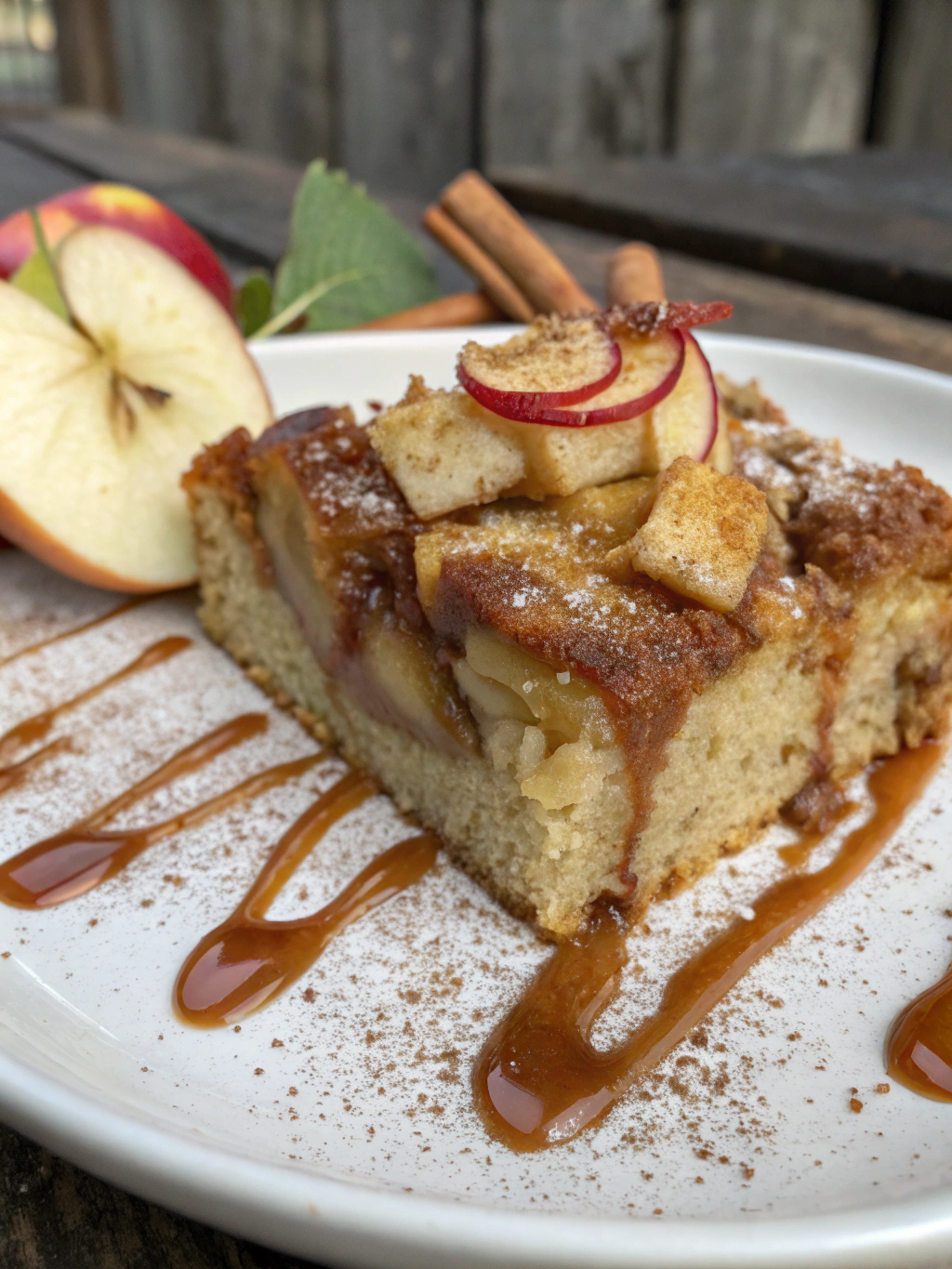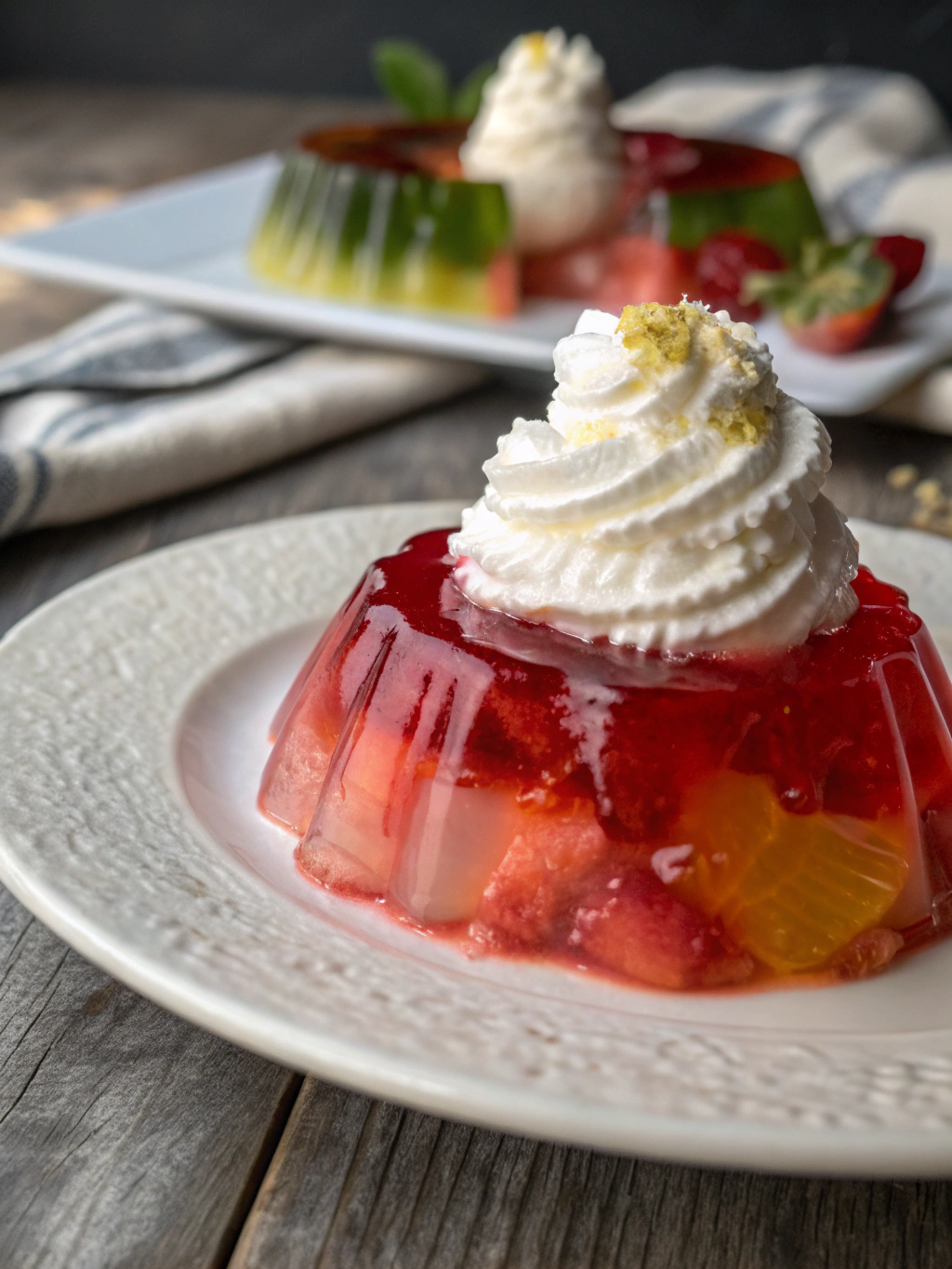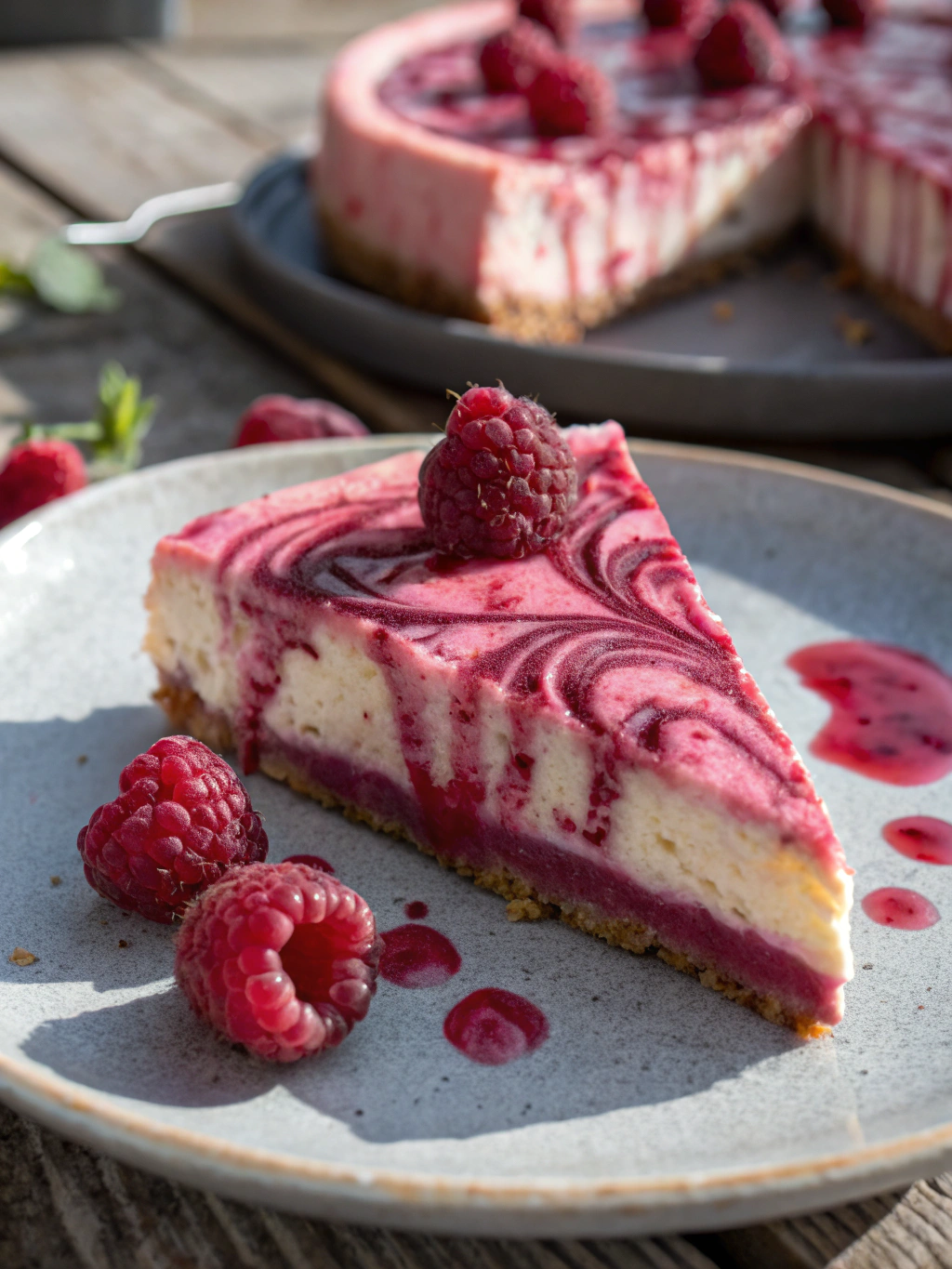Indulge in Festive Delight: Chocolate Peppermint Bark Recipe
The holiday season is truly magical, and what better way to indulge than with a delightful treat that captures the spirit of winter? Our Chocolate Peppermint Bark is the perfect festive delicacy, combining rich, creamy chocolate with refreshing peppermint. Whether you’re gathered by the fireplace or hosting a festive party, this recipe is sure to bring warmth and joy to your home. The soothing aroma of melting chocolate blended with the crisp fragrance of peppermint is enough to put anyone in the holiday spirit.
One of the best things about this Chocolate Peppermint Bark recipe is its simplicity and elegance. Not only does it taste heavenly, but the striking contrast of deep brown chocolate layered with crushed candy canes also offers a visual feast. The bark makes for an excellent edible gift, delightfully packaged in a festive box or tin. Even if you’re a beginner in the kitchen, the straightforward steps ensure success, making it a perfect activity for family bonding during the festive season.
Quick Recipe Highlights
- Flavor Profile: The Chocolate Peppermint Bark offers an exquisite blend of velvety chocolate with a cool, minty finish, guaranteed to satisfy sweet cravings while refreshing the palate.
- Texture: Experience a delightful crunch from the candy canes combined with the smoothness of the chocolate layers, creating a satisfying bite.
- Aroma: Indulge in the rich, inviting scent of chocolate mingling with crisp peppermint, a scent that resonates with moments of warmth and cheerfulness.
- Visual Appeal: The bark’s glossy chocolate base speckled with vibrant red and white candy canes is a feast for the eyes, embodying the spirit of the holidays.
- Skill Level Needed: A beginner-friendly recipe, perfect for those new to candy-making. All you need is a bit of patience while the chocolate sets.
- Special Equipment: A sturdy baking sheet lined with parchment paper and a zester for candy cane crushing ensures perfect results every time.
Recipe Overview
- Difficulty Level: Classified as easy, this recipe involves melting, layering, and cooling. It’s straightforward and adaptable, ideal for a fun family cooking session.
- Category: A confection that doubles as a sweet treat and a dessert, perfect for after-meal enjoyment or gifting.
- Cuisine: Rooted in Western traditions, Chocolate Peppermint Bark is a festive classic in American and European holiday menus.
- Cost: With affordable and easily available ingredients, this recipe is cost-effective, making it a clever choice for creating large batches.
- Season: Best enjoyed during the winter holidays, when peppermint and chocolate flavors are most cherished.
- Occasion: Perfect for holiday gatherings, festive parties, or as a thoughtful homemade gift option during Christmas.
Why You’ll Love This Recipe
The Chocolate Peppermint Bark is a symphony of flavors and textures, where rich chocolate meets invigorating peppermint, creating a taste experience that echoes the joy of the season. It’s an ideal treat to serve at holiday parties, a sweet indulgence that is both comforting and delightful. The ease of preparation suits even the busiest of schedules, meaning you can craft a culinary delight without overwhelming your to-do list.
The nutritional advantages are also notable; dark chocolate is rich in antioxidants, providing an unexpected health boost amidst holiday treats. It’s a simplistic recipe that encourages creativity; from adding nuts to layering different types of chocolate, you can tailor it to suit your taste preferences. Additionally, making your bark becomes a social affair—get the kids involved in scattering candy canes, or invite friends over for a fun kitchen session.
Cost-wise, Chocolate Peppermint Bark is wallet-friendly. Using basic ingredients that are typically already stocked in your pantry becomes an exercise in budget-friendly gifting and entertaining. Being able to create a large batch while keeping costs low allows you to share the festive cheer without financial strain.
Historical Background and Cultural Significance
The signature combination of chocolate and peppermint has long been synonymous with holiday festivities, steeped in tradition and cultural significance. The origins of peppermint bark date back to the 1960s, believed to have been inspired by classic peppermint-based candies and the love for chocolate over the holiday season.
Culturally, peppermint has held a place of honor in Christmas traditions worldwide. Its crisp, cool flavor is symbolic of winter and has been used in various forms, from candy canes to peppermint-flavored drinks. This cultural love for peppermint, combined with the universal affection for chocolate, cemented the bark’s standing as a holiday favorite.
Over time, variations of the recipe have evolved, influenced by regional tastes and cultural trends. Some regions prefer a simple bark with only chocolate and peppermint, while others experiment by adding layers of flavored chocolate or additional toppings like nuts and dried fruits.
Regional adaptations also arise, with each locale adding its twist. From dark chocolate variants favored in Europe to white chocolate dominant recipes in the Americas, each variation offers a unique interpretation that is as delightful as it is delicious.
Ingredient Deep Dive
Dark Chocolate: One of the main stars of our recipe, dark chocolate doesn’t just provide the base but also the rich taste profile. Historically, dark chocolate has been lauded for its luxurious taste and is a staple in many desserts. It’s rich in flavonoids, making it not only decadent but beneficial to heart health. When selecting dark chocolate, opt for one with at least 60% cocoa content to ensure depth of flavor and fewer additives. Store in a cool, dark place to maintain its temper and sheen. For substitution, semi-sweet chocolate can be used, though it offers a sweeter profile.
Peppermint Candy Canes: These candy canes infuse the bark with their iconic flavor and crunchy texture. Peppermint itself has a long history as a medicinal herb, but it’s the candy cane format that brings festive cheer. Look for bright-colored, intact candy canes for the most visually appealing result. Store them in a dry environment to prevent sticking. If candy canes are unavailable, peppermint extract is a viable alternative, offering aroma without the crunch.
Common Mistakes to Avoid
- Using poor-quality chocolate: This directly impacts the overall flavor, so invest in good-quality chocolate for the best results.
- Overheating chocolate: It can seize and become grainy. Melt slowly and gently to maintain a smooth, glossy texture.
- Skipping parchment paper: This can lead to difficulties in removing the bark from the tray. Always line your baking sheet.
- Inadequate cooling time: Cutting the bark before it’s fully set can cause uneven edges and breakage.
- Grinding candy canes too fine: This can turn into dust rather than adding the desired crunchy texture. Crush gently for the best result.
- Not tempering chocolate: Without tempering, the chocolate can dull and not set well. Tempering ensures a shiny, firm finish.
- Underestimating peppermint strength: Peppermint can overpower other flavors, so use sparingly to balance the taste.
- Layering unevenly: This can create lumps or uneven patches in the bark. Spread each layer evenly for a smooth finish.
Essential Techniques
Melting Chocolate: One of the most crucial steps that can make or break your bark. Melt your chocolate gently over a double boiler or in short bursts in the microwave, stirring frequently to achieve a smooth, lump-free consistency.
Tempering Chocolate: While not obligatory, tempering improves the bark’s finish, rendering it shiny and crisp. Allow your chocolate to cool slightly before briefly reheating to achieve temper.
Candy Cane Crushing: To achieve the ideal texture for your peppermint topping, gently crush candy canes using a rolling pin while they’re placed in a sealed bag. This ensures even pieces without making a fine dust.
Pro Tips for Perfect Chocolate Peppermint Bark
Ensure your chocolate is fully melted and smooth before pouring it onto the tray to create a uniform base.
Layering chocolates with contrasting colors, such as dark and white, adds complexity and visual appeal, enhancing both flavor and presentation.
When adding toppings like candy canes, sprinkle them while the chocolate is slightly set but still tacky. This ensures they adhere firmly.
Cooling the bark at room temperature first, then transferring it to the refrigerator helps avoid any unsightly condensation or blooming on the chocolate’s surface.
If using peppermint extract, stir it into the melted chocolate at a lower temperature to prevent the chocolate from seizing.
Planning to gift? Wrap individual pieces in wax paper to maintain freshness and prevent sticking in the container.
Variations and Adaptations
For a regional twist, incorporate spices like cinnamon or nutmeg. They complement the peppermint, providing a uniquely festive take on this classic treat. During seasons outside of winter, experiment by substituting peppermint with other extracts such as almond, creating an entirely new flavor profile.
For dietary modifications, use dairy-free chocolate chips to suit vegan preferences. Vegan candy canes can also be used to maintain the festive theme without compromising on ethics or taste.
Adjust texture by adding toasted nuts or dried fruits like cranberries. Such additions bring depth and additional flavor, elevating the bark from simple treat to gourmet delight.
Want a modern take? Create smaller, round bark pieces, pressing them into tiny silicone molds for uniform, sophisticated sweets perfect for parties or gatherings.
Serving and Presentation Guide
For aesthetically pleasing presentation, break the bark into even pieces of varying shapes rather than symmetrical squares. Place them in decorative jars or parchment-lined gift boxes, tied with a festive ribbon for gifting.
Pair bark pieces with a hot beverage like cocoa or peppermint tea, enhancing the overall refreshment. For modern serving, incorporate bark into dessert boards paired with fresh fruits and nuts.
Consider portion control; smaller pieces are often more inviting and easy to share among guests without overwhelming them with sweetness.
Wine and Beverage Pairing
Pairing this treat with a robust red wine such as Cabernet Sauvignon amplifies the bark’s chocolate notes while providing a delightful counterpoint to the crisp mint.
For non-alcoholic lovers, a warm peppermint mocha or a simple hot chocolate complements this dessert perfectly, wrapping your palate in luxury and festive cheer.
If coffee or tea is your preference, a lightly sweetened cappuccino or peppermint-infused black tea balances the dessert’s richness, maintaining a light, refreshing aftertaste.
Storage and Shelf Life
Proper storage is essential for maintaining the Chocolate Peppermint Bark’s enjoyable texture and flavor. Store in an airtight container at room temperature, avoiding direct sunlight, to retain the chocolate’s glossiness and integrity.
Refrigeration is not recommended as it might cause the chocolate to bloom, resulting in a less appealing look. If making ahead, the bark keeps well for up to two weeks, ensuring you have an abundance ready for guests or gifting.
Watch for signs of spoilage, such as a waxy texture or stale scent, which indicate it’s time to make a fresh batch.
Make Ahead Strategies
Plan the process by preparing each component, such as crushing candy canes and tempering chocolate, a day in advance to streamline assembly.
After making, leave the bark to set overnight in a cool, dry place to ensure perfect texture, using high-quality chocolate to minimize any texture degradation over time.
For added freshness, only break the bark into pieces when you plan to serve or gift it. Freshly broken pieces retain their appealing look and offer a more polished finish.
Scaling Instructions
When halving the recipe, consider using smaller baking sheets to maintain thickness. A consistent chocolate depth ensures a satisfactory melt in every bite without sacrificing flavor.
Doubling or tripling requires adjusted cooling time—a thicker layer needs longer to set. Use multiple baking trays to manage larger batches efficiently, preventing overcrowding in the fridge.
Maintain container space when scaling up, ensuring air circulation keeps each piece crisp and fresh. Investing in larger baking sheets or cooling racks helps support increased output without compromising quality.
Nutritional Deep Dive
This recipe offers a delectable treat with a balanced macro breakdown. Dark chocolate contributes antioxidants and healthy fats, enhancing mood and cardiovascular health.
On a micro-level, peppermint provides deeply refreshing flavor without significant caloric impact, while smaller serving suggestions help manage intake.
For portion control, a small piece satisfies cravings without excessive sugar, aligning with weight management goals during the indulgent festive season.
Dietary Adaptations
For gluten-free modifications, verify all products are free from gluten contaminants. Most high-quality chocolates naturally comply, but trace ingredients in candy canes might not.
Dairy-free chocolate makes vegan options viable, broadening chocoholics’ choices who avoid dairy. Vegan candy canes offer a plant-based ethos without losing traditional charm.
To suit a low-carb or keto diet, swap out sugar-laden candy canes with low-carb alternatives made from xylitol or erythritol, keeping carb counts minimal.
The Recipe
Chocolate Peppermint Bark
Serves: 12
Prep Time: 10 mins
Cook Time: 10 mins
Total Time: 20 mins
Kitchen Equipment Needed
- Baking sheet
- Parchment paper
- Microwave-safe bowl or double boiler
- Spatula
- Ziploc bag and rolling pin
Ingredients
- 12 oz of dark chocolate, chopped
- 6 oz white chocolate, chopped
- 6 candy canes, crushed
- 1 tsp peppermint extract (optional)
Directions
- Line a baking sheet with parchment paper and set aside.
- Melt the dark chocolate using a double boiler or microwave in short bursts, stirring until smooth.
- Pour the melted chocolate onto the prepared sheet, spreading evenly with a spatula.
- Allow the dark chocolate to cool slightly. Meanwhile, melt the white chocolate similarly.
- Drizzle or spread the white chocolate over the dark layer, creating a swirl pattern.
- While still tacky, sprinkle crushed candy canes evenly over the top.
- Let the bark stand at room temperature until set, then refrigerate for 5 minutes before breaking into pieces.
Recipe Notes
- Store in an airtight container for up to two weeks.
- Feel free to add nuts or dried fruits for a richer texture.
- Adjust peppermint extract to taste, ensuring it’s not overpowering.
Troubleshooting Guide
For chocolate that doesn’t set, ensure it’s properly tempered before cooling. If the bark’s texture feels waxy or hasn’t achieved sheen, re-temper the chocolate with care, reheating slightly then cooling again.
If the desired mint intensity isn’t reached, balance using peppermint extract and crushed candy canes to adjust flavor without disrupting the texture.
In cases where chocolate seizes mid-melt, gradually add a small amount of vegetable oil to restore smoothness.
Avoid sticky or chewy bark by ensuring candy canes are neatly crushed and scattered over partially set chocolate, keeping their crunch intact.
When snapping the bark leads to uneven pieces, use a clean, sharp knife to guide straight edges, resulting in aesthetically pleasing chunks.
Recipe Success Stories
Many home cooks rave about the simplicity and elegance of this recipe, providing feedback that highlights its adaptability to personal taste and dietary needs. Readers often share their delight in gifting the bark, wrapped beautifully in festive tins, emphasizing its role in spreading holiday cheer.
Community adaptations include experimenting with various layers, like adding peppermint-infused dark chocolate or supplementing with nuts for texture.
Photography enthusiasts suggest capturing bark for social media by focusing on its vibrant colors and layered intricacies, inviting others to try the recipe themselves.
Frequently Asked Questions
Can I substitute white chocolate?
Yes, if you prefer a darker taste profile or are avoiding dairy, use more dark chocolate or a vegan alternative for an equally delicious result.
How do I prevent the chocolate from blooming?
Proper tempering and slow cooling at room temperature prevent blooming, maintaining chocolate’s sheen. Avoid refrigeration if possible.
What if I don’t have parchment paper?
Use wax paper or a silicone baking mat as alternatives. These prevent the bark from sticking, ensuring easy removal.
How can I make it nut-free?
Stick to the basic chocolate and candy cane ingredients, ensuring the candy canes used have no cross-contaminated allergens.
Can the bark be frozen?
Yes, but be cautious of condensation affecting texture. Wrap pieces individually before freezing, and bring them to room temperature before serving.
How do I achieve perfect chocolate swirls?
Pour white chocolate over set dark chocolate, then use a skewer or toothpick to gently swirl the layers without merging them. This creates an artistic pattern.
What is the shelf life of the bark?
Stored in an airtight container, it retains quality for up to two weeks. Beyond that, flavor and texture might slightly degrade.
Can I add extracts other than peppermint?
Yes, almond or vanilla extract can add a new dimension to the flavor, but remember to adjust quantities to avoid overpowering the base taste.
What’s the best way to crush candy canes?
Place them in a sealed bag, then use a rolling pin to crush them evenly. This method avoids stickiness and preserves texture.
How to ensure my chocolate stays smooth during melting?
Low, consistent heat prevents seizing. Stir frequently, ensuring no water droplets make contact as moisture leads to clumping.
Additional Resources
Explore related recipes like Peppermint Mocha for a festive drink pairing, or learn more about chocolate tempering with our specialized guides for perfect, melt-in-your-mouth rewards every time. For those interested in deepening knowledge of ingredients, our page on Dark Chocolate outlines its health benefits and culinary versatility.
If you’re curious about baking equipment, our recommendations cover everything from essential ovens to specialty tools for confection perfection. Additionally, discover creative seasonal variations to keep holiday treats fresh and exciting all year round.
Join the Conversation
We invite you to share your creations and experiences with this recipe on social media, using the hashtag #FestiveBarkCreations. Engaging with our community through photos and suggestions helps spread the joy of culinary exploration, encouraging others to try their hand at Chocolate Peppermint Bark.
Additionally, leave a review or comment to share your favorite variations or tips, and join our forum discussions to dive into photography techniques or recipe adaptations with fellow enthusiasts, all united by a love for festive cooking.






